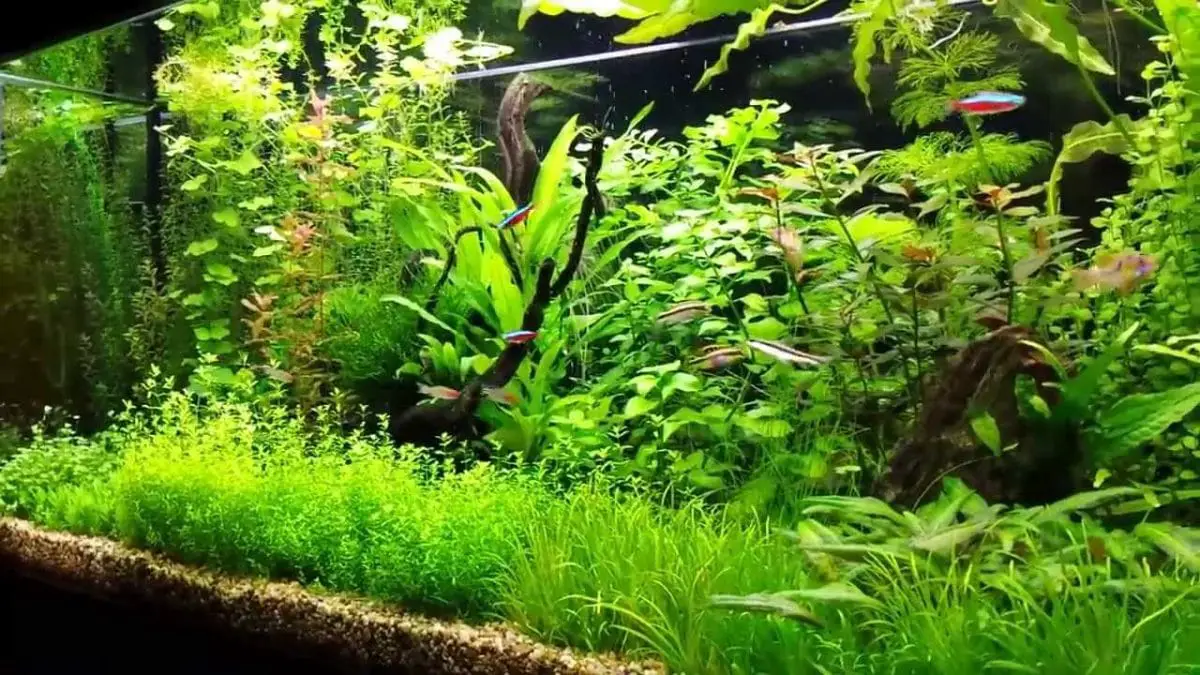For centuries, there were only two ways to classify living things; either as a plant or an animal. Today, thanks to the classification of living things, we can gain a better understanding of all living organisms. Learn more about the classification of living things and some tips for remembering the classification.
Classification of Living Things: Definition, Examples, and Practice
From an early age, we all learned the difference between plants and animals, and it probably wasn’t until a few years later when we learned that there are different types of animals and plants; even though they share some similarities, they are entirely different.
Centuries ago, living things were classified as either plants or animals. Today, the classification of living things helps us gain a better understanding of the world we live in, our relation to living things, and understanding Biology better overall. Let’s take a closer look at the classification, a little bit of its history, and some tips for learning how to use it when exploring a living organism.
What Is The Classification Of Living Things?
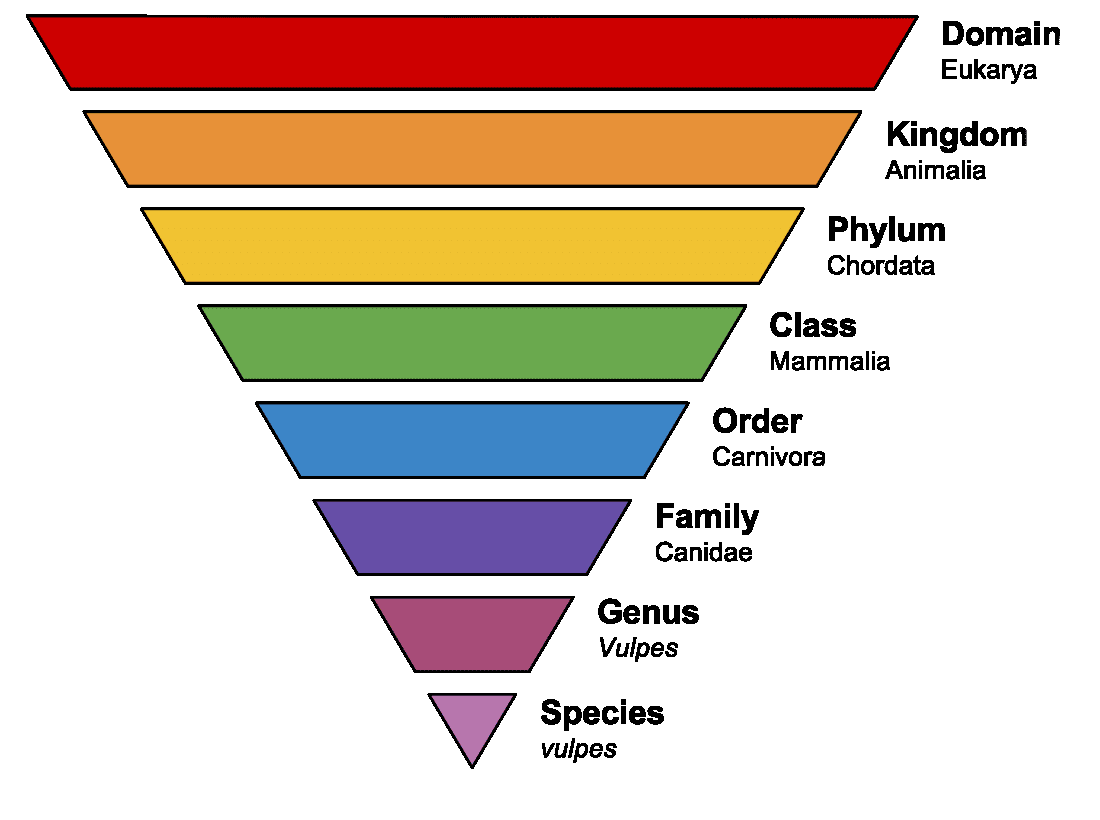
You might already know a little about the classification of living things, which is also referred to as taxonomy. Many students learn the basics of taxonomy in elementary school, but unless you spend a lot of time focused on Biology, the details may have become a bit fuzzy over the years.
Classification of all living things got its start with Swedish Botanist, Carl Linnaeus. Due to his interest in plants and animals, his first classification guide, Systema Naturae, was published in 1735.
Linnaeus, who is often considered to be the “Father of Taxonomy,” and his classification system is still in use today. While the classification system continues to grow, Linnaeus will always remain an integral part of how we name, rank, and classify plants and animals.
The classification system starts out by sorting living organisms into groups based on basic and shared characteristics (such as a plant or animal). Then each group is broken down further into more specific classifications; it might be helpful to think of a classification system like a family tree.
Next, we’ll take a closer look at the eight levels of the taxonomy, depending on your resource, you may see seven levels discussed.
Domain
The first or top level of the classification system is the domain. A domain has the most number of individuals in the group since it’s the broadest level. The domain level helps to distinguish between cell types. Currently, there are three types of domains, which include Bacteria, Archaea, and Eukarya.
Kingdom

Kingdoms are levels which are broken down from the domains. There are six kingdoms which include Eubacteria, Archaebacteria, Plantae, Animalia, Fungi, and Protista. While kingdoms are a little more specific, it should still be relatively easy to categorize a living organism based on the kingdom.
The Plantae Kingdom is broken down even further to include divisions. The following divisions include:
- Bryophyta: mosses, liverworts, and hornworts
- Psilotophyta: whisk ferns
- Lycophyta: club mosses and quillworts
- Sphenophyta: horsetails
- Polypodiophyta: ferns
- Coniferophyta: pines, spruces, redwoods
- Ginkgophyta: ginkgoes
- Cycadophyta: cycads
- Gnetophyta: gnetophytes
- Magnoliophyta: flowering plants
Learning the kingdoms can be a little tricky, and if you don’t get the kingdoms right from the beginning, you may have a difficult time classifying something correctly. Check out this checklist for figuring out which kingdom that an organism belongs to.
Phylum
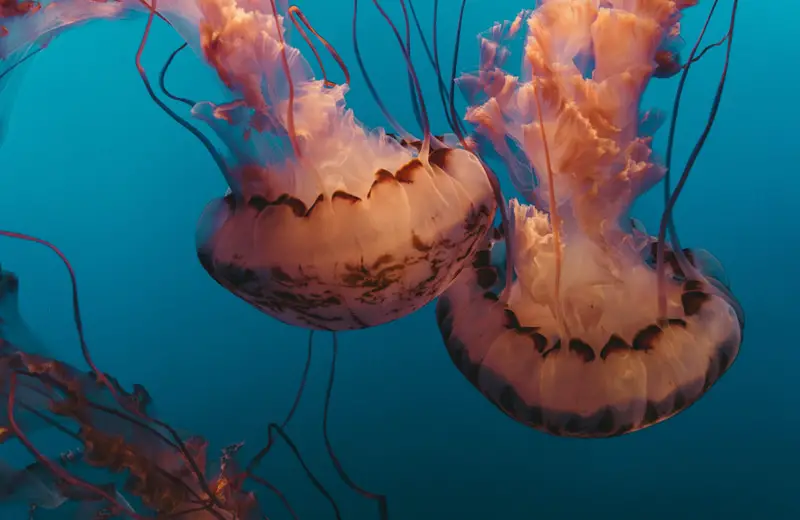
The phylum is the next level in the classification system and is used to group living organisms together based on some common features. A good example to consider is when you sort your laundry by items of clothes. Your socks aren’t all the same, you most likely group them together and put them in the same dresser drawer.
Consider the animal kingdom, there is a phylum group called “chordates,” and it refers to all animals with a spinal column. As humans, we are also part of the chordate phylum. Like the Plantae Kingdom, phyla is broken down into divisions:
- Porifera: sponges
- Coelenterata: jellyfish, hydras, and corals
- Platyhelminthes: flatworms
- Nematoda: roundworms
- Annelida: segmented worms
- Arthropoda: arthropods like insects
- Mollusca: mollusks like clams
- Echinodermata: sea urchins
- Chordata: chordates
Class
The class level is another way to group together organisms that are alike, but it becomes even more specific than phylum. There are more than 100 classes, but some of the more common ones that you’ll likely use on a regular basis in Biology class includes the vertebrates, invertebrates, dicots, or monocots.
Order
As you might guess, the order is just another way to break down the class of plants and animals. Think of it as “refining your search.” Some orders include carnivores, primates, rodents, fagales, and pinales.
Family
The next level in the classification of living organisms is categorized much like the group of people that we call family. We are all different, but we share enough similarities that we belong in the same family; the same applies to all living things.
Genus
The genus is the first part of a living thing’s scientific name, also known as binomial nomenclature. Let’s look at lions and tigers, for example, the scientific name for a lion is Panthera leo, and the tiger is Panthera tigris; Panthera is the genus.
Species
The species is the final and most specific level of the classification system. The best way to describe a species is a group of organisms that are best suited for breeding healthy offspring, which can also continue to reproduce.
Some Examples of Classification
Classifying living things takes a lot of practice, and while it may take you a long time to familiarize yourself with the scientific names in a domain or phylum, it’s best to learn and memorize the levels of classification as soon as you can. Forgetting about the phylum or order can make the classification process even more difficult.
Many people use a mnemonic device to remember the order of the levels of taxonomy. Some people use “Dear King Phillip Came Over For Good Soup,” but you can come up with whatever and works best for you.
Let’s take a look at a few in-depth examples. We’ll start out by classifying humans.
Classification of Humans

The Domain is Eukarya because we have a nucleus and organelles. The Kingdom is Animalia because we ingest food, are multicellular, and have no cell walls. The Phylum is Chordata because we have spinal cords (our subphylum is vertebrata because we have a segmented backbone).
The Class is Mammalia because we nurse our offspring and the Order is Primates due to our higher level of intelligence. The Family is Hominidae because we are bipedal (walk upright). The Genus is Homo for Human, and the Species is H. sapiens, which means modern human.
The result is Homo Sapiens, which as we all know translates to today’s human beings.
Classification of a Fruit Fly
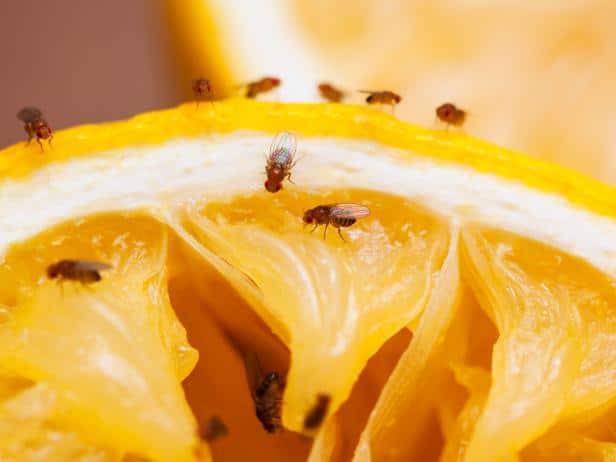
Everyone will agree that fruit flies can be a nuisance, but they can be a fascinating organism to study. Here’s how we can classify a fruit fly.
The Domain is Eukarya because it has a nucleus and organelles. The Kingdom is Animalia because it ingests food, is multicellular, and has no cell wall. The Phylum is Arthropoda due to the hard exoskeleton, paired legs, and a segmented body. The Class is Insecta because it is terrestrial, has six legs, and antennae. The Order is Diptera due to having two-wings.
The Family is Drosophilidae, the Genus is Drosophila, Species is D. melanogaster; also known as the common fruit fly. As you looked at the different levels of classification, can you see where we’re related to the annoying and small insect?
Classification of a Maple Tree
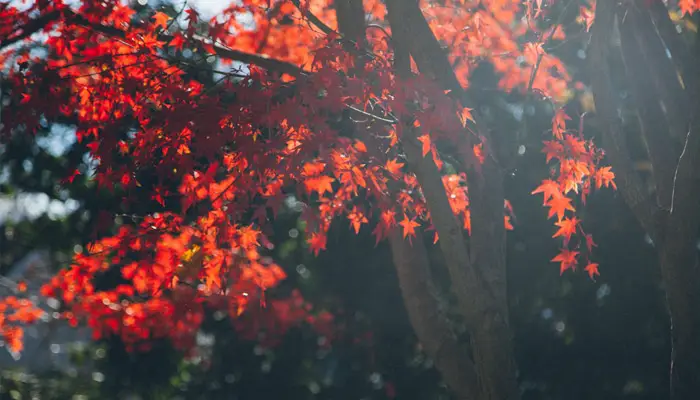
We can get syrup from a maple tree, and it has stunning foliage in the fall, but you probably haven’t thought much beyond that. Here’s the classification of a red maple tree.
The Domain is Eukarya because it has a nucleus and organelles and the Kingdom is Plantae since it makes its own food and has a multicellular cell wall. Immediately, we can see that a maple is nothing like a human.
The Phylum is Tracheophyta due to the tissue-level organization, and the Class is Angiospermae because it flowers. The Order is Sapindales because it produces sap and the Family is Aceraceae. The Genus is Acer, the Species is A. rubrum, and we end up with a red maple.
Classification of a Dandelion

People either love or hate dandelions but like other organisms, they are a living thing, and they have a complex level of classification. Let’s see if you can guess the Domain, Kingdom, and Phylum. Did you guess Eukarya, Plantae, and Angiosperms? Then, you’re right.
The Class is Magnoliopsida, the Order is Asterales, Family is Asteraceae, the Genus is Taraxacum, and the Species is T. officinale; your result is the dandelion.
The more time you spend classifying living things, the easier it becomes, and even in these quick examples, you probably started to see some similarities.



